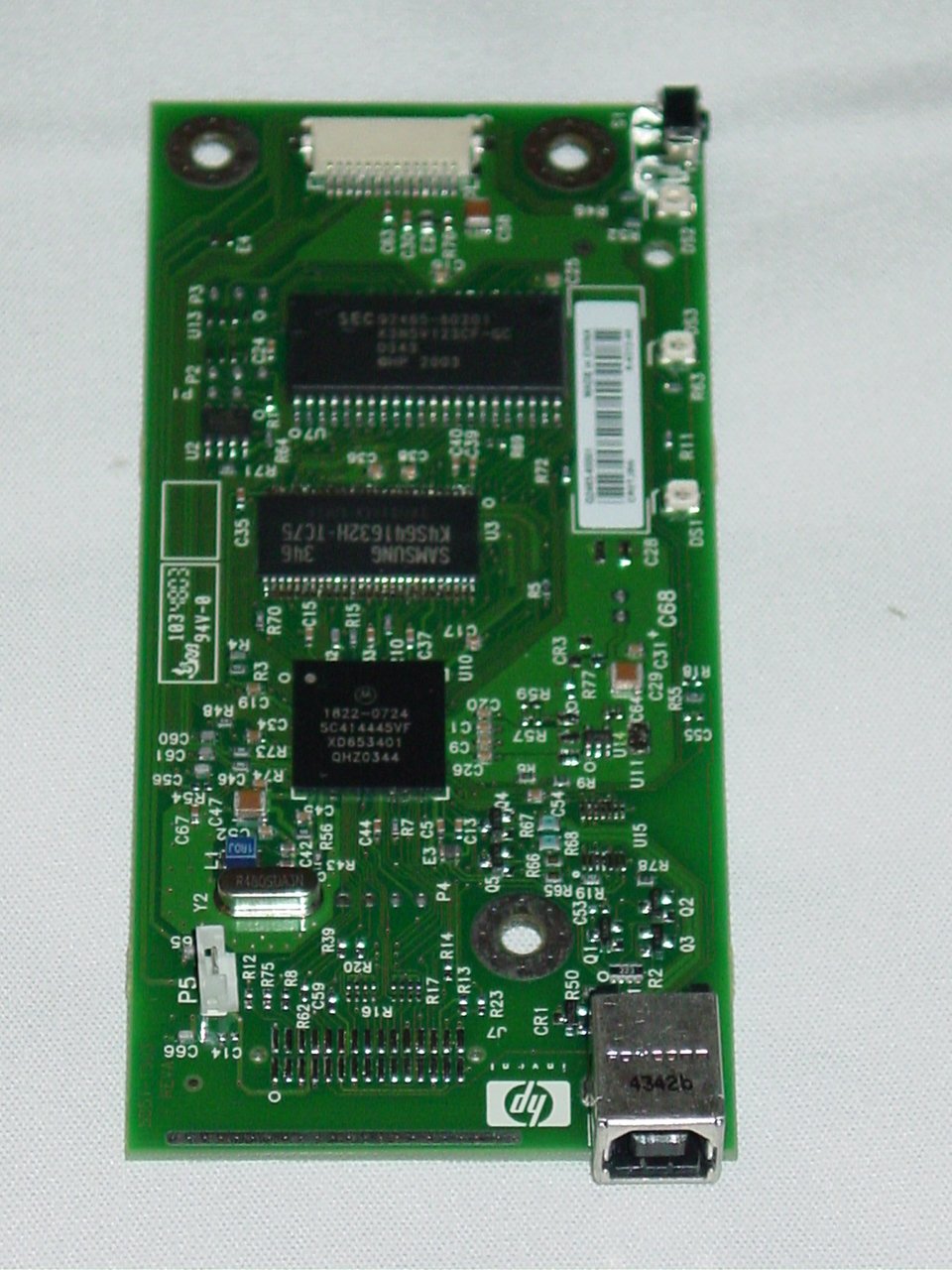


Furthermore, the final product is almost instantly ready for testing, depending on the materials used in the printing process. Even the most complex designs can be produced and fabricated in a matter of hours. Prototyping and development are shaved down to mere hours, as opposed to weeks or months. The result is an incredible wealth of opportunities for PCB designers and manufacturers. At its foundation is a nano-chemistry process driven by sophisticated and highly-advanced software. It’s called the DragonFly 2020 3D Printer and it uses inkjet deposition methods to produce objects. One company, Nano Dimension, recently launched a 3D printer that was made for creating professional PCB prototypes. The improvements of 3D printing for conceptual design sound great, in theory, but are they actually present in the real world? Does an internal additive manufacturing process actually provide benefits to a design team, particularly when it comes to the final PCB developed? Is Modern 3D Printing the Solution to Prototyping Woes? Not only does this remarkably speed up all steps of the overall process, it conserves an incredible amount of money and additional resources too. A team can quickly design and print a new PCB prototype in-house and either test it internally or send it out all within the same time frame - usually the very same day. 3D printing, or additive manufacturing, offers a variety of benefits, namely to conceptual and prototyping processes. Every single bottleneck or obstacle causes significant delays, and that’s before you even reach final production and manufacturing stages. It may take just as long to come up with a redesign, submit it for approval again, and wait for production to start. To make matters worse, if and when a flaw is identified, the entire process is rebooted. The time it takes for complex prototypes to see approval can take weeks or even months. If a test is outsourced, the development time is exacerbated even more simply because the design must change hands frequently.

Between each build, a design must be rigorously tested and trialed - a multi-stage process that is often resource-intensive and time-consuming.


 0 kommentar(er)
0 kommentar(er)
